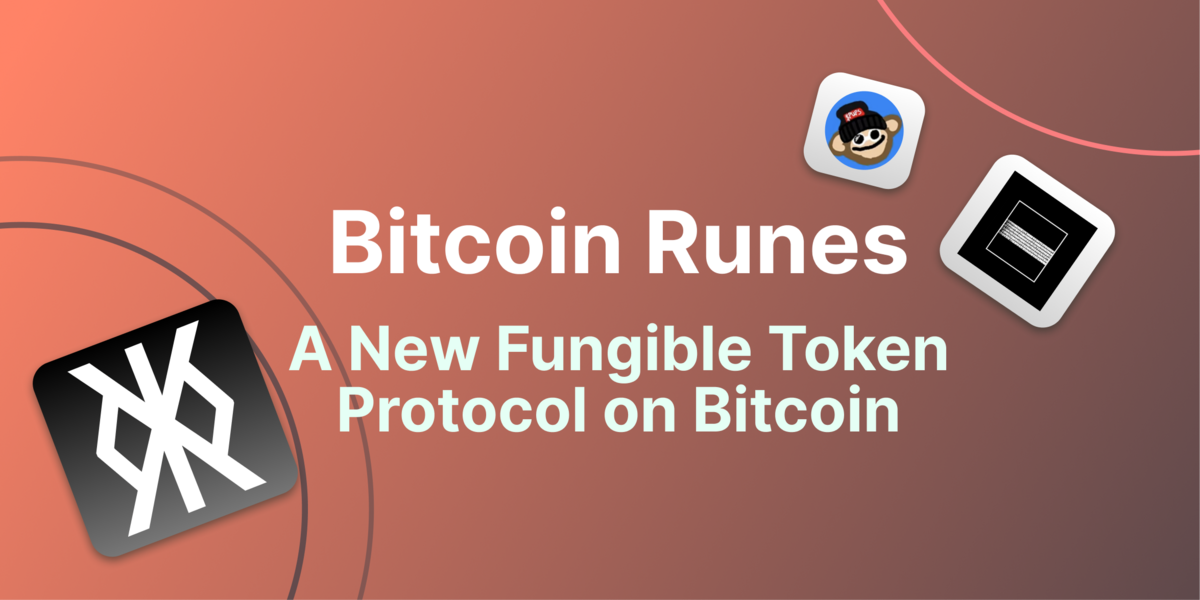How Has Bitcoin Price Performed After Each Halving?
On average, Bitcoin price returned 3,230% gains within one year after each halving. However, that is misleading moving forward, considering Bitcoin’s novelty in its early years, lack of market maturity, and the case of diminishing returns.
Before delving further into halvings' diminishing returns, how exactly did BTC price behave in the prior three halvings?
When the Bitcoin mainnet launched on January 3, 2009, the block reward was a generous 50 BTC.
-
First halving: November 28, 2012, from 50 BTC to 25 BTC. Within 12 months (to November 28, 2013), BTC price rose from ~$12 to $1,075, leading to an 8,858% valuation increase. Bitcoin’s inflation rate went from 25.75% to 12% by January 2022
-
Second halving: July 9, 2016, from 25 BTC to 12.5 BTC. Within 12 months (to July 9, 2017), BTC price rose from ~$650 to $2,560, leading to a 294% valuation increase. Bitcoin inflation rate went from 8.7% to 4.1% by August 2016.
-
Third halving: May 11, 2020, from 12.5 BTC to 6.25 BTC. Within 12 months (to May 11, 2021), BTC price rose from ~$8,727 to $55,847, leading to a 540% valuation increase. Bitcoin inflation rate went from 3.7% to 1.8% by June 2020.
From this pattern, it is clear that Bitcoin halvings tend to bring diminishing returns.
Although the gain percentage following the third halving is greater than from the second halving, this is clouded by the Fed money supply increase. By increasing the M2 money supply, the Federal Reserve effectively repriced BTC.
This became apparent once the Fed started suppressing asset prices with a new hiking cycle in March 2022, reversing the trend.
Bitcoin's Market Cap Pre and Post-Halving
A week before Bitcoin’s first halving on November 28, 2012, Bitcoin’s market cap was only $123.3 million. A day after the halving, it went up to $130.3 million. Within three months, by the end of February 2013, Bitcoin’s market cap was $335.2 million. Only a month later, Bitcoin was closing in on the one billion milestone at $947.4 million market cap.
The second halving on July 9, 2016 had a different dynamic. In anticipation of the halving, Bitcoin market cap rose to a yearly high of $11.9 billion, a month before. A week prior, Bitcoin’s market cap held at $10.2 billion. Three months later, the market cap actually dropped to $9.6 billion. After a market correction, it took until January 2017 for a new all-time high (ATH) of $16.4 billion to be reached.
Lastly, Bitcoin’s third halving in May 2020 started at $182.5 billion. Within three months, Bitcoin’s market cap increased to $217.3 billion.
The chart shows that market events and maturity play a larger role than halvings, although they serve as jumping points. In August 2016, the Bitfinex hack was the anomaly that neutralized the 3-month gains. Yet, it was only a delay until the new ATH market cap in January 2017.
Why the Bitcoin Halving Matters?
In effect, Bitcoin halving is an inflation-dampening mechanism. In contrast to fiat currencies which have unpredictable inflation rates based on central bank’s actions, Bitcoin’s inflation rate is predictable, immutable, and on a downward trajectory with each halving.
At each halving event every four years, a miner’s reward for securing and processing BTC transactions is cut in half. As the supply inflow of new BTC decreases, the price of existing BTC becomes more attractive.
Diminishing Returns of Bitcoin Halvings
The new influx of BTC decelerates because Bitcoin supply is finite, set at 21 million BTC. As more bitcoins become available in circulating supply, the market becomes more saturated and more efficient at pricing BTC.
Presently, 93.3% of Bitcoin has already been mined, or 19.6 million out of 21 million BTC, at an inflation rate of ~1.74%.
This implies that Bitcoin price will grow if the demand outpaces its present inflation rate of 1.74%. In turn, the demand for Bitcoin in the fourth halving, around April 20, 2024, will only have to outpace its inflation of less than one percent.
Market Dynamics Post-Halving
Bitcoin halving is only the baseline for Bitcoin price forecast post-halving. Given that Bitcoin’s inflation rate will go below one percent after the fourth halving, it will be that much easier for the demand to outpace it.
However, a multitude of factors compound on whether this demand will materialize:
-
Sell pressure
-
Bitcoin perception
-
Global market liquidity
-
Cryptocurrency regulation
-
Macroeconomic conditions
-
Crypto market events
Between 2020 and 2024, all of these factors played a role after the third halving. Some more than others. Case in point, when Elon Musk tweeted that “You can now buy a Tesla with bitcoin”, BTC reached close to $65k one month later.
Likewise, when Musk pulled this rug by painting Bitcoin as not sufficiently eco-friendly, BTC price toppled. Moreover, multiple centralized crypto exchanges crashing throughout 2022 only amplified tightened market liquidity along with the Fed’s interest rate hiking cycle.
The dynamic between regulatory uncertainty, rising interest rates, crypto crashes, and inflation triggered a capital exodus from Bitcoin. As these FUD supplies eventually depleted, Bitcoin gains were renewed following the regional US banking crisis.
Moving forward without that baggage, Bitcoin is in a more mature market than ever before. We can use Bitcoin’s market cap to indicate such maturity.
Selling Pressures Ahead and After Bitcoin Halving
Ahead of Bitcoin’s fourth halving in April 2024, Bitcoin started the year strongly. Bitcoin has since broke its previous all-time high of $69,044.77 set in 2021, and has set a new high of $73,737.94.
This has been fueled by a surge of optimism for the crypto asset. Among these, the successful launch of approved Bitcoin ETFs stands out. This milestone has been instrumental in elevating Bitcoin’s legitimacy to a new high, contributing to the positive sentiment in the market.
Both retail and institutional investors can now partake in BTC price exposure, via shares, without direct BTC custodianship. As of March 25, the nine approved Bitcoin ETFs’ have since accumulated over 473.6K BTC, while Grayscale has seen outflows of 269.4K in BTC. In total, spot Bitcoin ETF’s in the US hold 823.9K BTC, or 4.2% of all BTC mined.
While Bitcoin ETF’s have seen inflows since inception, it is uncertain whether they can keep up with the selling pressure from Grayscale, due to its uncompetitive fees. On top of that, Bitcoin miners may take profit, due to anticipated greater mining costs, as hash rate and difficulty increase going into the halving.
While analysts predict a bullish outcome for BTC price post-halving, such prognostications may be foiled, or delayed, with another selling pressure coming from Mt. Gox’s distribution plan worth 200,000 BTC (~$13.9 billion) to repay creditors.
Ahead of these headwinds, Bitcoin price will meet two hype events:
-
The fourth halving itself in April 2024
-
The first Federal Reserve rate cut, expected in May or June 2024
On the balance, Bitcoin’s market positioning has never been more secure. Bitcoin ETFs will bring a new generation of investors and a new marketing push. At the same time, fiat currencies will continue their devaluation spree in the debt-based monetary regime.
This makes Bitcoin a unique proposition for investors, as its supply is predetermined and independent of the demand. With Bitcoin inflation going under one percent, a lowered demand threshold will likely outpace future selling pressures.
Bitcoin Halving History
The history of past Bitcoin Halvings, along with rewards issued per block, and supply of BTC mined at the end of each halving.
| Halvings | Date | Block Reward (BTC) | Total BTC Mined (%) |
| BTC Launch | January 3, 2009 | 50 | 50 |
| First Halving | November 28, 2012 | 25 | 75 |
| Second Halving | July 9, 2016 | 12.5 | 87.5 |
| Third Halving | May 11, 2020 | 6.25 | 93.75 |
| Fourth Halving | April, 2024 | 3.125 | 96.875 |
Methodology
The research examined the price history of Bitcoin after each halving, and which factors played a role in Bitcoin price movements. Factors which may drive Bitcoin price in the post-halving future were also analyzed. Bitcoin price, and market cap data were sourced from CoinGecko, while circulating supply data was obtained from Blockchain.com, as of March 25, 2024.
This research is for illustrative and informational purposes only, and is not financial advice. Always do your own research and be careful when putting your money into any crypto or financial asset.
This article was co-authored by Shane Neagle (@_shaneneagle)
If you use these insights, we would appreciate a link credit to this article on CoinGecko. A link credit allows us to keep supplying you with data-led content that you may find useful.
Curious to find out more about our previous research studies & statistics? Check out this one we did on the Most Popular Blockchain Ecosystems.

CoinGecko's editorial team comprises writers, editors, research analysts and cryptocurrency industry experts. We produce and update our articles regularly to provide the most complete, accurate and helpful information on all things cryptocurrencies. Follow the author on Twitter @coingecko









 Or check it out in the app stores
Or check it out in the app stores